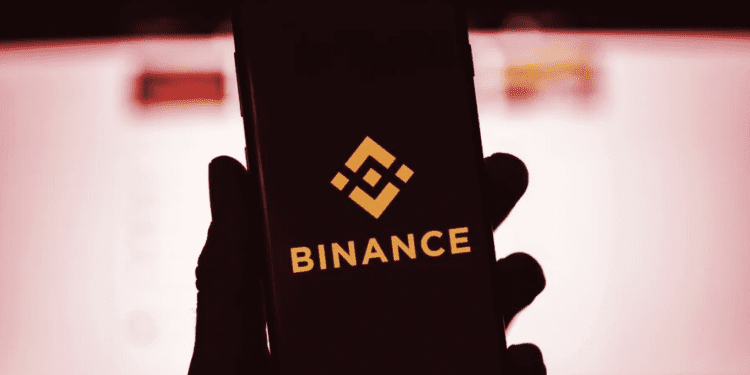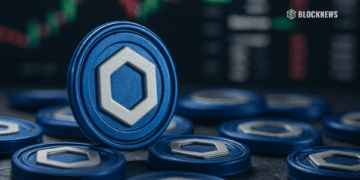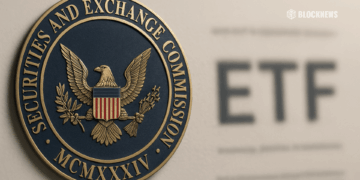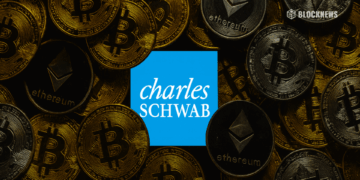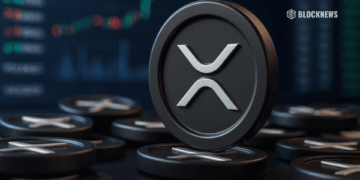Amid regulatory obstacles and debanking trends, Binance Australia suspends fiat on- and off-ramps as well as AUD trading and searches for other payment processors.
- Fiat on- and off-ramps via bank transfers, as well as trading for Australian dollar (AUD) pairings, have been banned by Binance Australia.
- Changpeng Zhao is thinking about buying a bank to increase stability in the face of the industry’s ongoing debanking trend.
One of the biggest cryptocurrency exchanges, Binance, recently banned fiat on- and off-ramps by bank transfers, including trading for Australian dollar (AUD) pairs in Australia, as the global debanking of bitcoin businesses continues.
Background: Binance’s Compliance Challenges
When Binance’s local derivatives arm informed customers in February that certain positions and accounts would be deleted unless they met the criteria to be designated wholesale investors, the company’s problems in Australia began. According to Australian legislation, wholesale investors are knowledgeable people with the capital to invest in more speculative assets. To be considered a wholesale investor, one must have at least $2.5 million in net assets or $200,000 in yearly gross revenue.
Regulatory Scrutiny and License Cancellation
Binance was subject to a “targeted review” of its local derivatives business by Australian regulators after closing non-compliant accounts. Due to this investigation, the Australian securities authority subsequently decided to revoke the Binance Australia Derivatives license on April 6. This regulatory measure further constrained Binance’s operations in the nation.
Suspension of AUD Services
Following instructions from Zepto, the supplier of payment services, Binance Australia reported in May that all payments and withdrawals by bank transfer had been stopped. Zepto gave Binance the boot to safeguard Australians from financial fraud and criminality. As a result, Binance Australia has been looking aggressively for a different payment processor to resume accepting AUD deposits and withdrawals from its users.
Current Options for Binance Australia Users
Users of Binance Australia still have access to alternative cryptocurrency trading platforms despite the restrictions imposed by the shutdown. Buying and selling cryptocurrency using credit or debit cards is still possible. Peer-to-peer trade is also still taking place usually. The conversion of any remaining AUD balances in user accounts to Tether (USDT) at a 1:1 ratio is noteworthy.
Changpeng Zhao’s Banking Considerations
Changpeng “CZ” Zhao, CEO of Binance, has been considering buying a bank due to the ongoing debanking movement in the cryptocurrency business. In an interview, Zhao acknowledged the dangers of this strategy but emphasized the need for more excellent stability in light of heightened regulatory scrutiny.
Mitigating Contagion Fears
Concerns have been expressed regarding possible ripple effects on other Australian-based cryptocurrency exchanges following the recent events involving Binance. However, leaders in the sector have underlined their dedication to risk reduction and compliance. Caroline Bowler, CEO of BTC Markets, noted that exchanges’ activities reflect the regulatory framework, or, in some instances, the lack thereof, in which they operate.
Conclusion
Due to Binance Australia’s debanking situation, fiat on- and off-ramps using bank transfers and trading for AUD pairs have been suspended. Compliance issues, regulatory scrutiny, and license revocation have significantly impacted the activities of Binance in Australia.
Users can still trade cryptocurrencies using credit or debit cards and peer-to-peer trading while Binance investigates other payment processors. Concerns about the continued debanking trend in the cryptocurrency sector have led Binance’s CEO to consider buying a bank for additional stability. To counteract any contagious effects, Australian-based bitcoin exchanges continue to be devoted to compliance and risk management. The future of Binance Australia’s services will be shaped by the shifting regulatory environment and Binance’s efforts to adapt.


